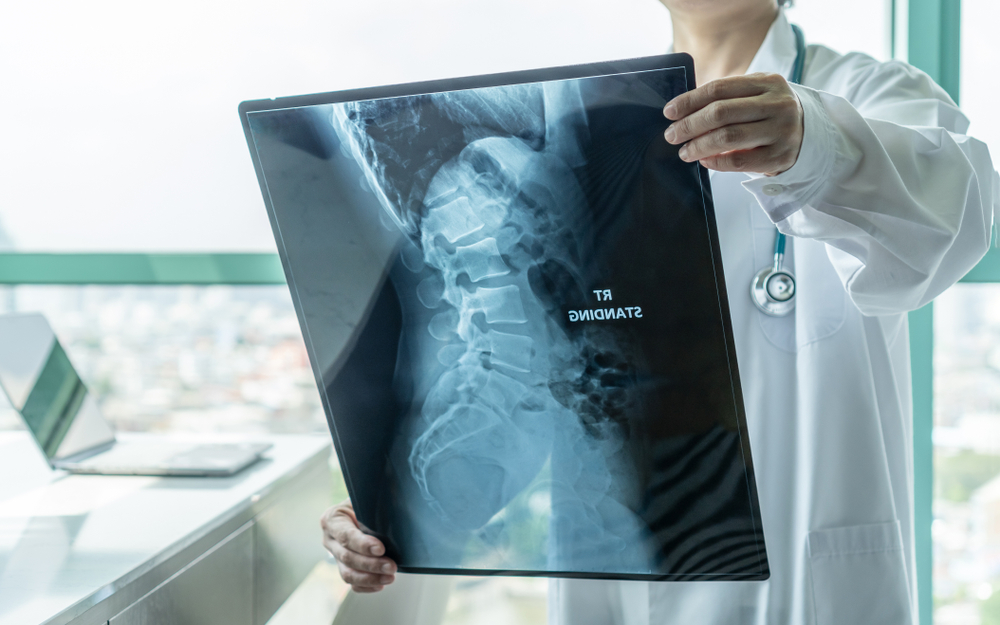It seems nearly anywhere you turn these days someone you know is being diagnosed with cancer. There are a few simple reasons for this.
For one thing, there are far more people now than at any time in history. In the last half-century alone, the population of the planet has skyrocketed from 3.6 billion to 7.5 billion.
For another thing, many people are living longer lives due to medical advances such as the development of cures and vaccines. In 1900, the average lifespan was 46 for men and 48 women. A mere 100 years later, the average lifespan is now 73 and 79 – nearly double! Cancer disproportionately affects the middle-aged and older adults far more often than it does young people.
So, because there are more people in the world – and more of them are older – it’s no surprise that there are more people than ever before receiving a diagnosis of cancer.
What We Mean When We Talk About Cancer Risks
When scientists and researchers refer to cancer risk, they are referring to a probability of a person contracting cancer during their lifetime. This data is obtained by studying and charting large groups of people and associated risk factors or behaviors that add to a person’s odds of being diagnosed with cancer.
There are two types of risks: absolute and relative. Absolute risk, as it relates to cancer, refers to the probability of developing cancer – usually within a specific time frame, like by the age of 50, or during a person’s lifetime. Relative risk compares the occurrence of cancer between groups of people; for example, smokers may have an increased relative risk than nonsmokers of developing a particular type of cancer.
Age and Population Factors
The biggest risk factor for contracting cancer is age. A century ago, a person’s lifespan was much shorter because they usually succumbed to other ailments and so were less likely reach an age when cancer might have struck. Cancer is predominantly a disease of older adults, with more than 60% of all cancers mostly affecting people over 65 years of age. People of that age made up a mere 10% of the total population a few decades ago. Today, that figure has more than doubled because fewer people are dying of heart attacks and strokes. Thus, a greater percentage of the population is now dying of cancer.
Lifestyle Risk Factors
Another factor increasing the number of cancer cases today is the obesity epidemic in the U.S. Modern-day diets are much more likely to be higher in fat, sugar, and calories than in recent history. And the obese are at risk of contracting so many more illnesses, including cancer, than their counterparts with a healthier body weight. Thus, lifestyle and diet choices people make have led to a dramatic jump in the number of obese and overweight people, which increases their relative risk for cancer.
If you have recently been diagnosed with cancer, contact the CyberKnife Center of Miami by calling (305) 279-2900 or request an appointment now to learn about the startlingly precise CyberKnife treatments. Find out why CyberKnife is quickly becoming the treatment of choice over the more traditional chemotherapy and radiation.
And visit our website now www.cyberknifemiami.com

